Home » Refrigerant Phasedown
Articles Tagged with ''Refrigerant Phasedown''
Includes a ban on the sale of all virgin HFC refrigerants with a high GWP
Read More
Recovery Sector Aims to Keep Pace
Industry constantly adapting to latest batch of regulations, refrigerant phaseouts
Read More
Ingersoll Rand Recognized by EPA for Climate Action
Company intends to reduce the climate impact related to the refrigerants used in its products by 50 percent by 2020
March 25, 2016
Surviving Refrigerant Transitions, Part 2
The drive to lower-GWP alternatives will define our landscape for years to come
Read More
Tips for Surviving Refrigerant Transitions, Part 1
A look at how we got to where we are and what the future holds
Read More
Phase-down Targets Reliant on Supermarkets
Adoption of lower GWP refrigerants by supermarkets is vital if European HFC phase-down targets are to be met
December 21, 2015
Industry Reacts to Groundbreaking HFC Phase-down Discussions
Although an official agreement has yet to be reached, the final sticking point has been resolved
Read More
Montreal Protocol Sets Global HFC Phasedown
Secretary of State John Kerry calls it ‘a new chapter in the fight against climate change’
Read More
Copyright ©2024. All Rights Reserved BNP Media.
Design, CMS, Hosting & Web Development :: ePublishing
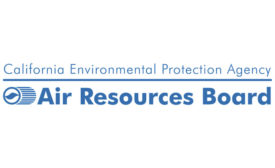
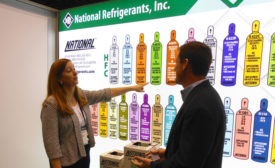

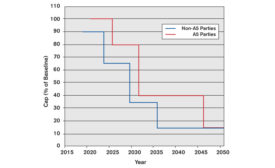

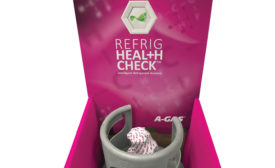
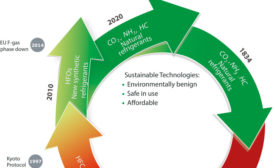

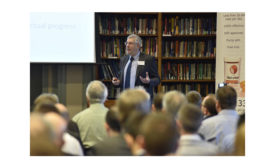
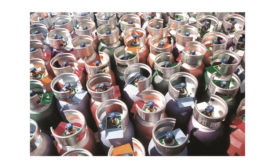
![695552959_ceec46c8c5_o[1].jpg The nations of the world have agreed to amend the Montreal Protocol in 2016 to reduce the production and consumption of HFCs globally.](https://www.achrnews.com/ext/resources/2015/11-2015/11-23-2015/695552959_ceec46c8c5_o1.jpg?height=168&t=1448043462&width=275)